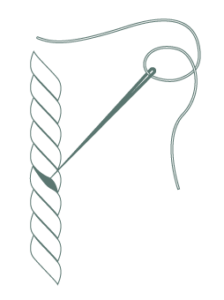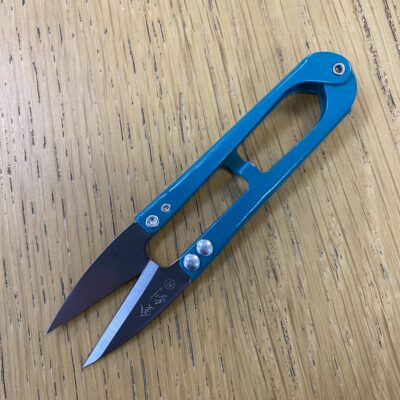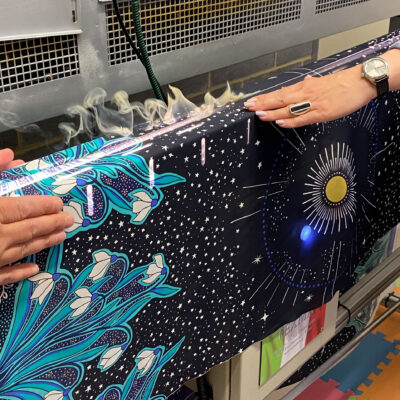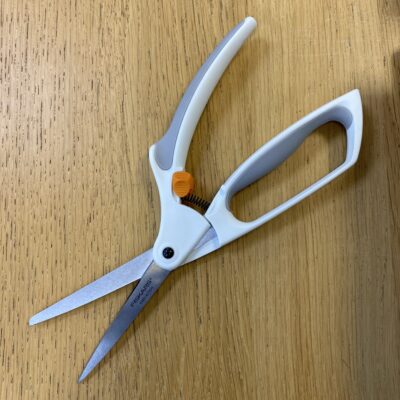How to sew silk
Sewing silk can be a tricky task especially if you are new to handling this type of fabric. To help you achieve good results, we’ve asked our wonderful in-house seamstresses to share their tips on how to sew silk fabric. Here are just a few things that their experience has taught them.
Pick and choose what works best for you and your project!
Full of Contradictions
Silk is strong but delicate, cool in the summer and warm in the winter, it has a durable longevity and yet weakened by sunlight! The one thing we do know for certain though is that it’s one of the most luxurious of all fabrics! These qualities demand careful handling and respect when sewing or there could be a risk of ruining the weave and potentially the whole garment.
The texture and lustre of silk has made it a sought-after luxury fabric, historically renowned as the cloth of emperors and royalty. It’s hard to resist the soft feel and elegant appearance of a quality silk garment. And so, it’s no wonder that today’s high-end fashion designers still use it as their fabric of choice.
As The Silk Bureau uses some of the most advanced digital textile printing technology in the industry, our colours pop with vibrancy on the designs submitted by our customers. To do the fabric the justice it deserves, take care when sewing silk. This way you will create a quality garment you will be proud to wear!
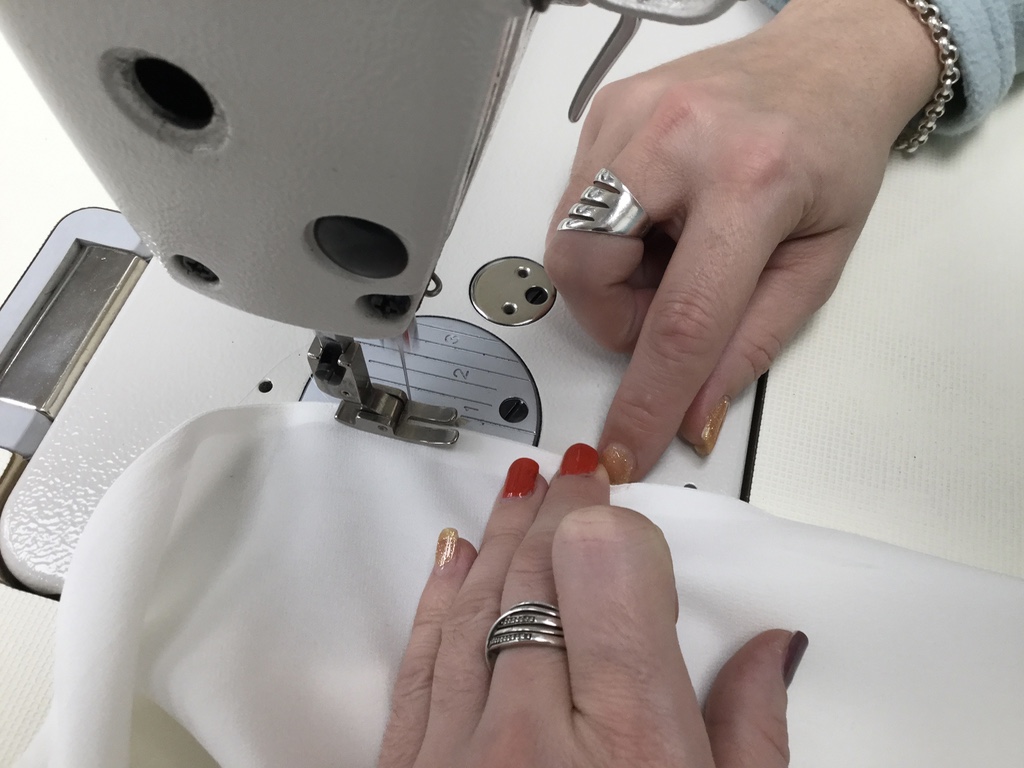

Silk Fabric Printing
Our customers place their orders of vibrant, colourful designs knowing that the advanced digital textile printing methods used by The Silk Bureau will bring fantastic results.
All our silk fabric is acid-coated by our expert production team before printing. This allows for optimum colour replication of our customers’ artwork. Using acid sounds scary, but it is only a mild acidity, akin to clear table vinegar!

